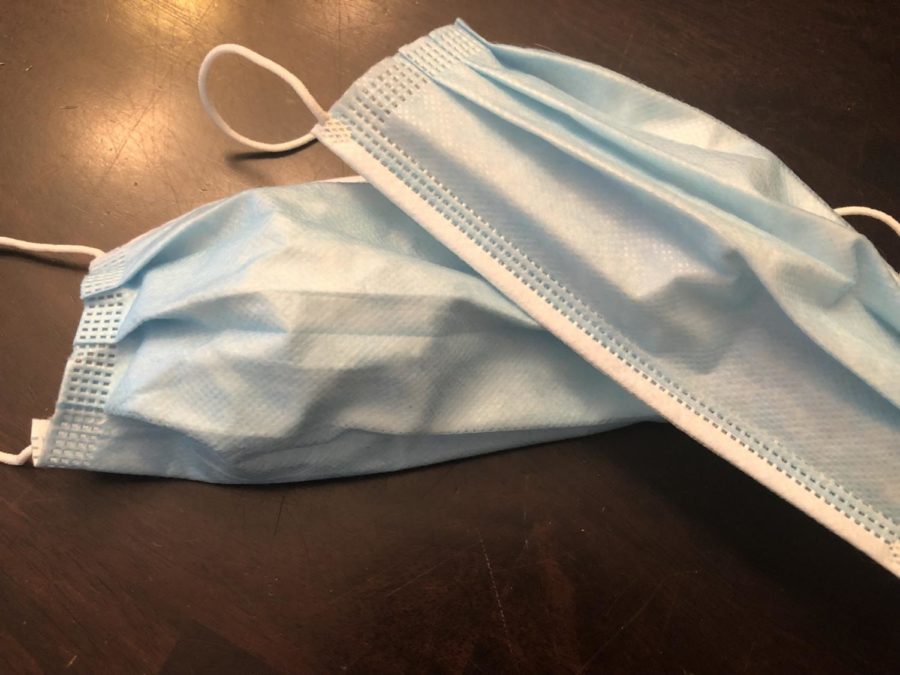Looking back on the days of quarantine, it’s rarely a good memory. And don’t worry, this isn’t another article preaching on the dreadful socially deteriorating days of the COVID 19 pandemic. The improvement in the Ozone layer was part of what good things happened undercover while the world was quiet. Now it may not necessarily outweigh the tragedies of COVID, but it was certainly no small feat either. For many many years, scientists have been researching it while it has been protecting us for longer. It’s this thing we like to call the ozone layer. What is the ozone layer? This fascinating concept is a barrier, or a shield that surrounds our planet protecting the earth from harmful radiation from space like ultraviolet or UV light. What is the ozone layer made of? It’s pretty self explanatory, it’s made of ozone. However, ozone itself is made ”of three oxygen atoms, often referenced as O3. Ozone is formed when heat and sunlight cause chemical reactions between oxides of nitrogen (NOX ) and Volatile Organic Compounds (VOC), which are also known as Hydrocarbons.” according to SCDHEC (.gov).
But what does this have to do with the COVID 19 pandemic ? Well while everyone was indoors avoiding each other like the plague, many factories were shut down, and a lot of the chemicals released rapidly decreased. This is important because with less chemicals and waste being produced, pollution levels went drastically down allowing the ozone layer to regenerate itself, to many scientists’ surprise.
This is especially important because air pollution makes up a good portion of the ozone’s depletion variables. NASA (.gov) scientists are also claiming that “emissions of nitrogen oxides (NOx)…decreased 15% globally, with local reductions as high as 50%” and with “the lower NOx emissions, by June 2020, global ozone levels had dropped to a level that policymakers thought would take at least 15 years to reach” which is supremely impressive considering most physical planetary changes take a millennia. These incredibly impressive ecological improvements of our planet may not outweigh the tragedies of COVID 1, however, it may bring some comfort to some knowing that it wasn’t all bad.
Fun facts?
However seemingly fragile our precious ozone layer seems to be, it is actually a common misconception that sprays cannot deplete it which is actually a myth according to the University of California.They report that “Air in the lower atmosphere (which extends far above the stratosphere) moves in masses, not as individual molecules” so it inevitably lets the CFC’s squeeze through, damaging the ozone layer in the process. However, don’t stress, because upon discovering this information in the 1980’s the government had it replaced with hydrofluorocarbons (HFCs), says nasa.gov, so there haven’t been CFC’s in sprays for a good 40 years fortunately.










